John Donatich, the director of Yale University Press, explains and defends his decision not to include illustrations in Jytte Klausen’s book.

The controversy over Yale University Press’s decision to publish Jytte Klausen’s The Cartoons That Shook the World without reproducing the cartoons lasted several months after the publication of the book in 2009. The omission of the cartoons, and of other images of the Prophet Muhammad, angered many people, who saw it as a case of censorship or as a compromise of academic integrity. I still believe it was neither of those things.
Would including the illustrations enhance the book? Perhaps; but the book’s reader will quickly discover that it is not a graphic analysis of the cartoons or a history of depictions of the Prophet Muhammad. Rather, it is an intrepid detective story that investigates the nature and source of the protests that followed the publication of the Danish cartoons. It is a scholarly examination of how dissent is mobilised and used politically and how misunderstandings between cultures are perpetrated and amplified.
The New York Times, in its editorial in February 2006, defends its own decision not to print the cartoons as a “reasonable choice for news organisations that usually refrain from gratuitous assaults on religious symbols, especially since the cartoons are so easy to describe.” In her book, Klausen does a wonderful job describing them.
The cartoons are deliberately grotesque and insulting, gratuitously so. They were designed to pick a fight. They meant to hurt and provoke. At best, they are in bad taste; at worst, they are hurtful and insulting. The Press would never have commissioned or published them as original content. Those alone may be reasons enough not to print them. In addition, the illustrations are widely available. You can see them right now on Wikipedia or dozens of other sites. And finally, there was an argument to be made that printing the cartoons and accompanying illustrations would simply perpetuate the misunderstandings and reignite the very conflict that it intends to analyse in a balanced and scholarly manner.
We considered all these points. But by themselves, they weren’t enough to make us change course. After reading Klausen’s manuscript, I picked up the phone and told her how much I admired the book but that I remained ambivalent about publishing the cartoons. The book contract did not oblige us to print the illustrations, but there had been considerable conversation about doing so. I offered the author the option of taking the book to another publisher who would publish the book with the cartoons intact. The author did not want to leave Yale University Press and felt strongly that there was no risk of violence as a consequence of their publication.
Still, I had my doubts and brought the case to the University, as I am obliged to when matters of public safety to its students and staff are involved. I am not a security expert and did not feel that we could be cavalier about the risks on campus and to the larger Yale international community. I knew in my heart when walking through campus and watching students spilling energetically out of classrooms that they did not sign up for the kind of conflict that publishing the cartoons might start. We knew from Klausen’s own chronology that the original publication of the cartoons in 2005 by the Danish newspaper led to a series of violent incidents worldwide and over 200 deaths. Republication of the cartoons has repeatedly resulted in global violence, as recently as June 2008, some three years after the original publication and long after the images had been made available on the Internet. I felt a sense of empathy for Penguin Press when they made the decision to pull Wendy Doniger’s book on Hinduism in India and stated, “we have a moral responsibility to protect our employees against threats and harassment where we can.”
On behalf of the Press, Yale University consulted a number of senior academics, diplomats, and national security experts. The overwhelming judgment of the experts with the most insight about the threats of violence was that there existed an appreciable chance of violence occurring if either the cartoons or other depictions of the Prophet Muhammad were printed in a book about the cartoons published by Yale University Press.
In the end, I decided that the Press would omit the images, knowing that this was the kind of decision that could not be made without negative consequences. Many people feel that my choice was impolitic or politically incorrect or just plain wrong. Yet I believe it was the responsible, principled, practical and right thing to do. In the end, it is important to note that the Press did not suppress any original content.
In the widespread debate that followed, the author tried to redirect the conversation back to the issues described in the book. So did the publisher. Instead, we became locked in the very dynamic Klausen warned us about. Likening her interviews with the protagonists over the cartoons to the storytelling in the Kurosawa film Rashomon, Klausen writes, “Each understood the facts differently, and was poorly equipped to understand the motives that drove the actions of others…. The moral was that interpretations are more consequential than objective realities.”
John Donatich is the director of Yale University Press.
For Jytte Klausen’s own account of this story, see her interview with Timothy Garton Ash.
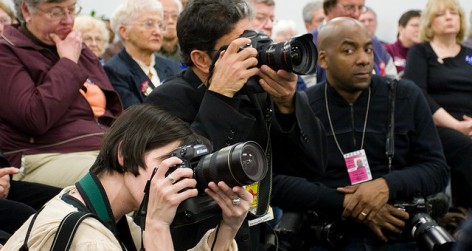
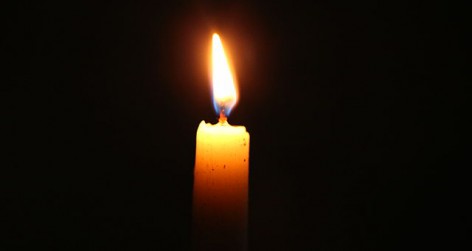
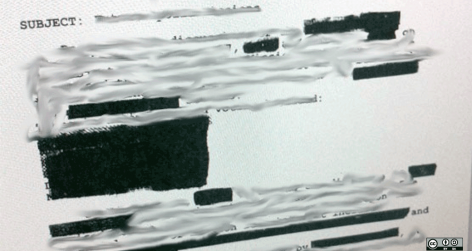
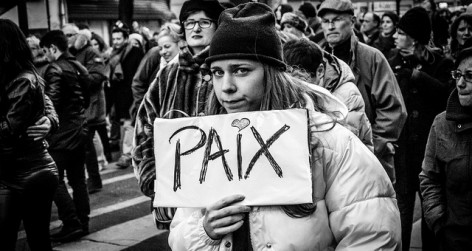


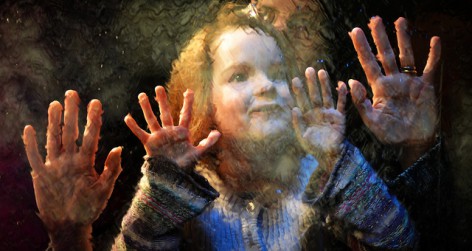


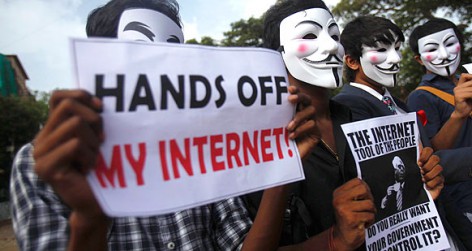
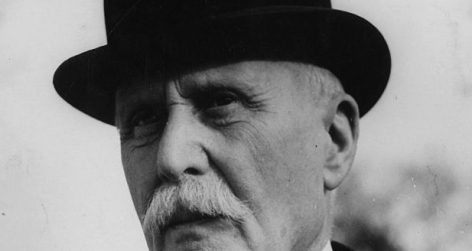

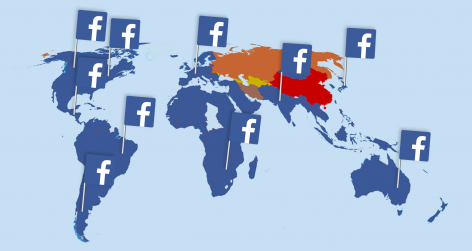

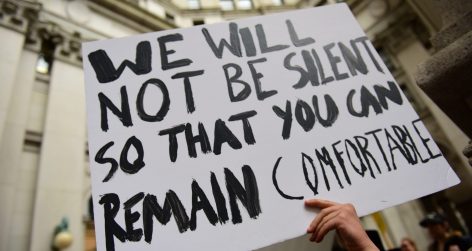

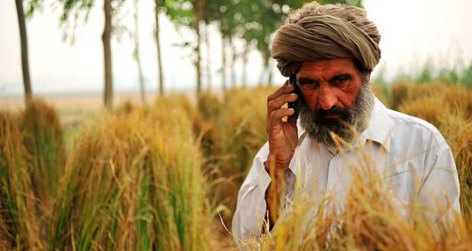
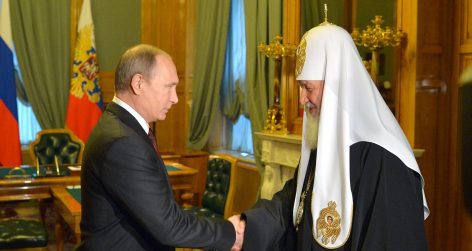


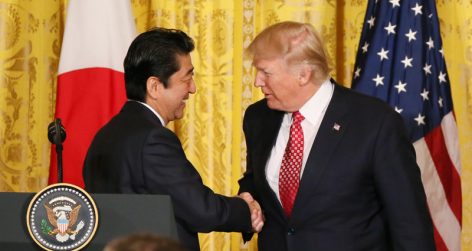


reply report Report comment
The right thing to do would have been either to publish the cartoons OR make a very, very big statement by closing down Yale Press altogether. What you did instead was cave into those Muslims who fervently hate the First Amendment. Possible threats of violence (the heckler’s veto) does not negate the First Amendment in America, but apparently it does at Yale. Your excuse is lame and pro-Sharia law. Yale should be a model, not of self-censorship, but rather of freedom and the Constitution…
G. Tod Slone, Ed.
The American Dissident (Yale is surprisingly a subscriber!)
reply report Report comment
Here is the cartoon sketch I did on Klausen and Donatich.
http://wwwtheamericandissidentorg.blogspot.com/2009/08/academic-censorship-redux-ad-infinitum.html
Klausen responded, but not Donatich.
G. Tod Slone, Ed.
The American Dissident
reply report Report comment
How did we come to such a place? Where the mere depiction of a long dead “prophet” can incite people to murder in the name of religion, and the re-publication of these same readily available images can cause a western publication house to fear for the safety of it employees and students? (I’m speaking rhetorically here… I understand all too well how the human race came to such a sorry place)
Elsewhere on this blog, Iranian cleric Mohsen Kadivar argues that insulting religion should be a crime. He also defends Islam, by saying that those who follow the Qur’an “and the authentic tradition of the prophet” know that freedom of speech and religion is recognized. He seems to argue that it is only when Sharia law is enforced that these ridiculous outbreaks of violence in the name of disrespecting their profit can be explained. While I disagree with his conclusions in the strongest possible terms, I’m glad to see an actual muslim cleric write the following:
“a) Though Islam considers itself the rightful divine religion, it has accepted the diversity and plurality of religions and thoughts, regardless of truth or false, even blasphemy, polytheism and atheism as a reality in this world. It has therefore left the qualification of their truthiness to be determined on the Day of Judgment.
b) People are free to choose their beliefs and their religion and no one can be forced to accept or deny any faith.
c) No one is to be punished in this life for believing in any given religion. A crime is associated with an action and a not a particular faith or belief.
d) No one is to be punished for changing religions or leaving a faith such as Islam. Placing any sort of worldly punishments, such as execution, for apostasy is against Islamic principles.
e) No one can be forced to observe Islamic obligations and abstain from the prohibited.
f) Criticising religious beliefs is inherent within a free Islam and holds no punishments, neither in the worldly life nor in the afterlife.
g) Insulting, ridiculing and scorning religious beliefs, including Islam, is unrighteous and a violation of the integrity and dignity of its believers. According to the Qur’an, insulting atheistic beliefs is also prohibited.”
So as an atheist, I’m in the clear with Islam. Whew! That is a relief!
Still, I can’t help but wonder, how muslim clerics can sleep at night, knowing that their followers are capable of being stirred to murderous rage, in the name of a cartoonish insult to their profit…
I think it’s time that more of the liberal westerners among us (myself included) realize that by hiding behind political and religious correctness, we more tightly ensnare the moderate muslim community in the hi-jinx of their more radical brothers and sisters. The enemy of civilization and peace is sharia law, not the muslim religion. Can they be disentangled from one another? I certainly hope so.